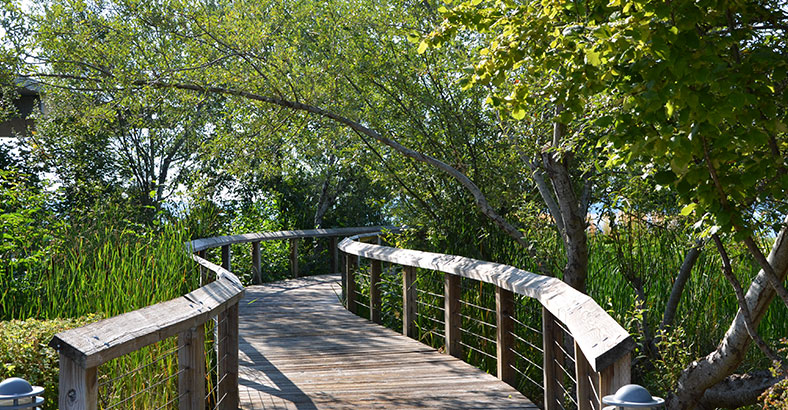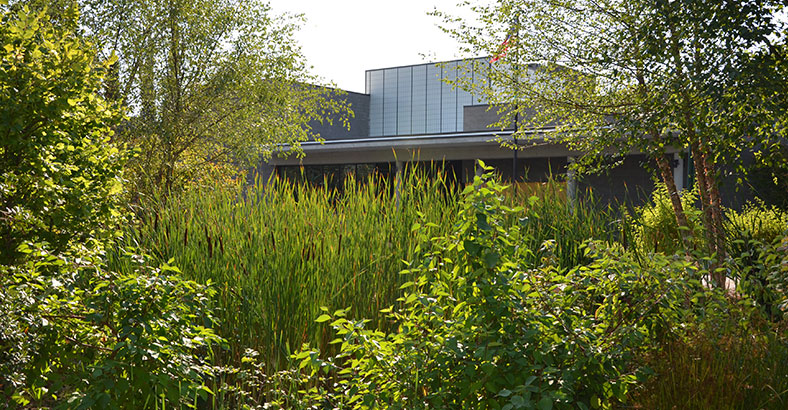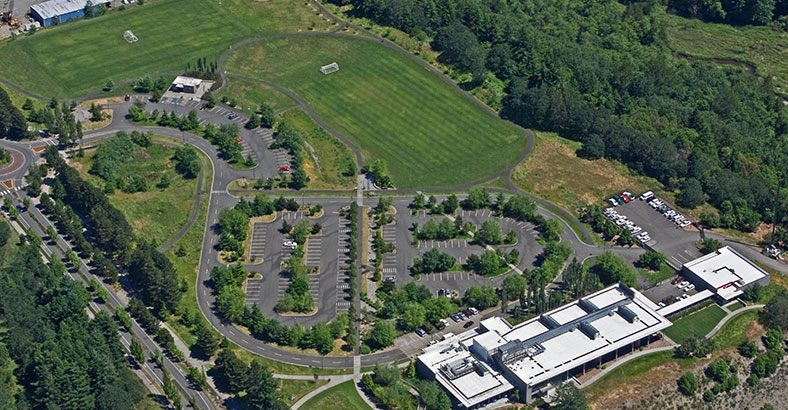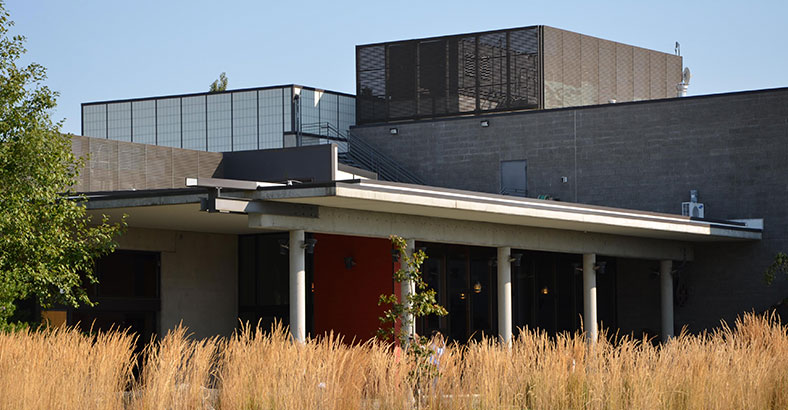Environmental Services Building
Environmental Services Building
Miller Hull Partnership/Pierce County Parks and Recreation
The Chambers Creek Canyon, mined extensively over the past 100 years, has become an exemplary centerpiece for Pierce County Environmental Services (PCES) by establishing how sewer, water and solid waste are handled in the growing community. Constructed over a former gravel mining site, the PCES Building was designed by the Miller | Hull Partnership with our firm as landscape architect. The result is green design, displaying low impact sustainable choices that exemplify how our important resources can be handled.
Reclaimed water ponds intertwine with public use areas at the site. An experimental weir plaza demonstrates and compares the effectiveness of three side-by-side water catchment systems. During a rain event, rain water is gathered from the rooftop and introduced into the weir plaza via a rooftop sculper, cascading the water down from the roof into the plaza and ultimately the stormwater pond. Features like these and others are accessible and monitored by the community. Walks and plazas, oriented towards regional viewpoints, are fully landscaped with native drought tolerant plants.
BDA worked with a native plant palette to reduce water consumption and help restore habitat over the former gravel mine site. Utilization of on-site use of “green” products, such as organic yard waste compost produced by the local municipality, permeable paver stones, porous asphalt pavement, and resin-based stabilizers for pedestrian pathways were all utilized for the design.
The uniqueness of this story is in the strength of its partners: citizen advisory members, resource teams (schools, tribes, municipalities and special interest groups), county officials and professional consultants. Through green design, all agreed on future land use goals, ultimately fashioning the master plan on this 900 acre site in Pierce County. The long term plan is to use waste water treatment byproducts to reclaim the mines and return them to biological productivity. It redefines green design by highlighting visual connections to the larger landscape and involving the community in the history of site processes as well as experimental water and ecological processes.
Through design leadership and planning, this place is now a benchmark for sustainable living in the region, educating its visitors on how to build, work, and live in ecological balance within the resource limits of the community.




